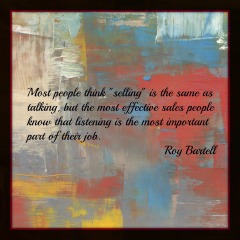” Success is neither magical nor mysterious. success is the natural consequence of consistently applying the basic fundamentals”- Jim Rohn
What are these basic fundamentals of social media marketing? Daily, multiple posts about SEO, maximizing your social media efforts, and social media metrics are published on the internet each day. They are informative and give lots of great tips; however if you do not have the “basics” of your social medial marketing program together, all the measuring in the world is never going to yield the results you want.
The key goal of social media marketing is to attract, convert and transform people to your products and services. Social media is like having a cup of coffee with a friend – it needs to be light, informative and interesting. If your marketing program doesn’t give anything of value, your audience will just go elsewhere. So you need to analyze your current marketing efforts and decide if they are worthwhile.
Not every business needs to be on every social media platform – many businesses are just spread too thin.  So, back to basics, what should your social media marketing program incorporate? Lets break it down into segments.
So, back to basics, what should your social media marketing program incorporate? Lets break it down into segments.
Recognizable Brand: Hire a graphic designer to design your brand logo and business materials. A cohesive branded message goes far and is nothing to skimp on. Think of the brands and logos that you recognize; Target for instance. You know the red bullseye is Target. What does your brand image say about you? Make sure your brand resonates with your target audience.
Website & Blog: The first action someone takes is look up a business website when they want information. What does your website say when they arrive? Think like a customer, and be sure to provide all important information. Your site should also have a blog incorporated, as this tool will help your SEO and draw people to your site.
Social Media Platform: Where do your customers hang out? Depending on your business, your clients could be on Facebook, Twitter, Linked In, Instagram, Pinterst or Google +. No doubt that Facebook has the most members and is easy to navigate, but other platforms have their pros and cons also. It is all about relationship building, and where you build those relationships matters. Navigating the many social media platforms can be confusing, start with one and move from there.
Sharing Tools and Email Capture: All your social media marketing efforts need to have sharing tools and all contact information for your business. People want to know where to find you and to be able to “share” your information with others. Make sure that all marketing materials and your blog posts have buttons for sharing on multiple platforms. Also be sure that you have a email capture on your site, a place where people can sign up for a newsletter or special promotions.
The aforementioned items are just the basics of a much broader and all encompassing social marketing network. Starting with a solid foundation is critical, but knowing how to build upon your initial efforts can be more difficult. Many successful business turn their social media marketing to outside sources, like Acara, to ensure success. If you are interested in how Acara Partners can build your marketing program call 203-488-0028 ext 305.
Filed under: General Business, Marketing, Social Media Marketing, Strategy, Uncategorized | Tagged: Basic Social Media, Social Media for Medical Spas, Social Media for Small Business | Leave a comment »












